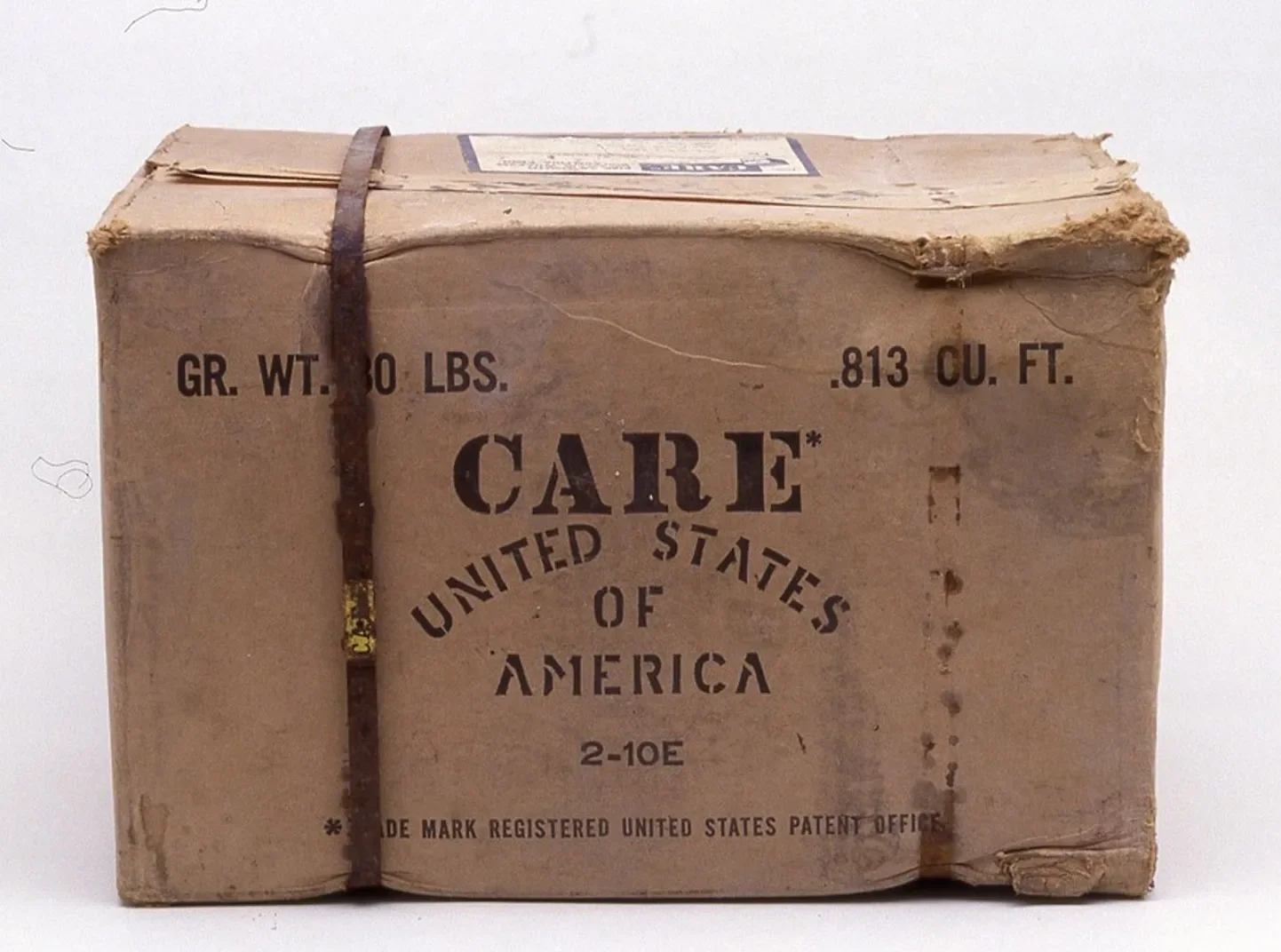Executive Summary
By December 6, 2021, 19.2 million doses of COVID-19 vaccines have been administered in Nepal, enough for 36% of the population to have gotten at least one dose of vaccine. After a rough road with unpredictable vaccine supply, the government has been able to procure several million vaccine doses. Now delivery at the last mile is the biggest hurdle they face. Nepal’s Minister of Health says, “We are not going have shortages of vaccines anymore, but our main concern and focus now is on getting these vaccines to all corners of the country, including the remote mountain areas.”
Based on national data, and in-depth studies in 2 health districts, CARE estimates that delivery costs from “tarmac to arm” for vaccines in Nepal are $8.35 (1,019 NPR) per dose of vaccine administered, or $18.38 (2,241 NPR) per person fully vaccinated.
This is nearly 5 times more expensive than current global estimates for delivery costs. These costs range from $11 per fully vaccinated person in easier to reach areas, to $33 per dose in remote, difficult to reach areas. Gaps in vaccine coverage are particularly acute for mountainous areas, people with low mobility, and communities far from health centers. Even the lowest-cost estimates for the easiest to reach areas are nearly 3 times higher than global average estimates.
70% of these costs are personnel needs to ensure vaccines reach people at the last mile. This points to a major need to improve investments in vaccine delivery, especially the health care workers who administer vaccines and ensure everyone gets vaccinated.
